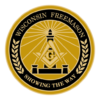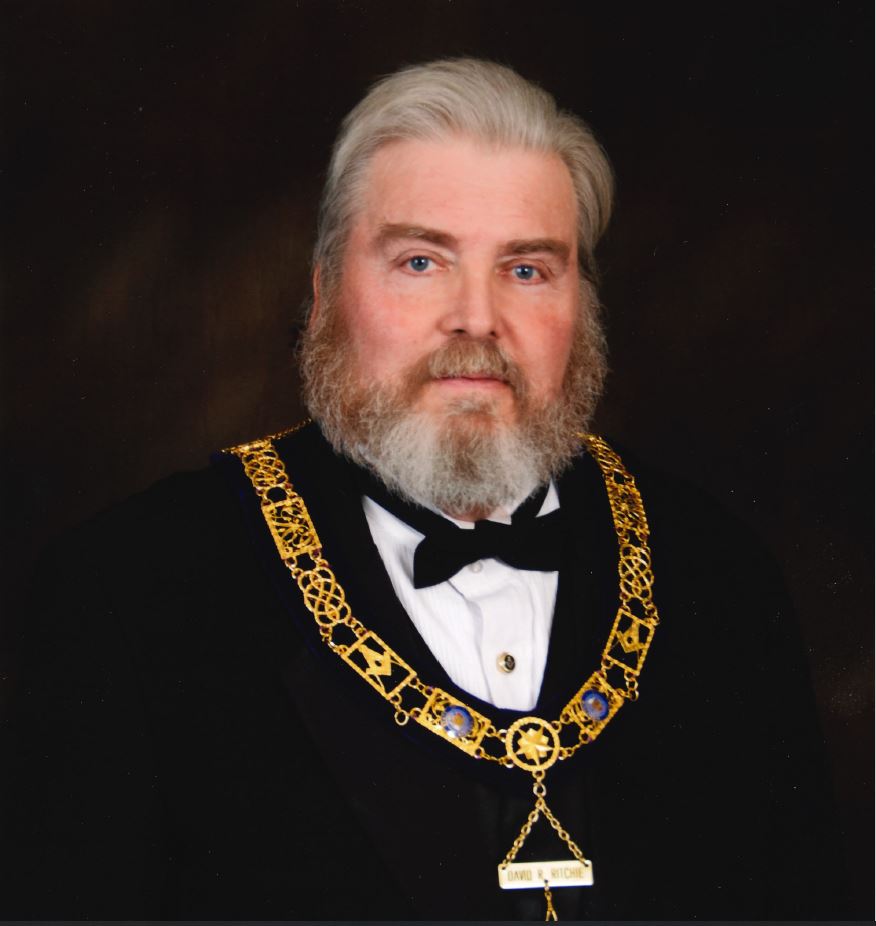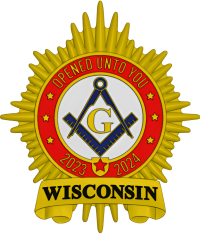Leadership seems to be a very popular topic these days. Amazon offers over 100,000 books on leadership. I read that new leadership books have been coming out at a rate of more than four per day and so far this year over 1,000 books have been published with the word “leadership” in the title, to say nothing about all the magazine and internet articles. I recently “Googled” leadership articles and in just under half a second l received 426 million results.
As someone who spent most of my life in one type of leadership position or another, I’ve read countless books and articles, attended several thousands of hours of leadership training, and taken numerous leadership seminars. All that said, the very best leadership lessons I learned were taught in Lodge, and one of the best books on leadership is our Masonic Cipher. Here are a just a few examples of Masonic lessons that will serve you well in any leadership role:
In our ritual we discover critical traits; not only of good Masons, but also of great leaders. Masonic virtues such as truth, fortitude, prudence, and justice are also highly respected leadership qualities. In our ritual we learn that we should judge with candor, admonish with friendship, and reprehend with justice – that’s great advice for any leader.
As Masons, we learn that it is important to put people to work and give them proper instruction. Idleness and wasted time creates dissatisfaction and leads to unrest. People who are busy and have direction are happier because work brings an increased sense of self-worth. Productive work helps us contribute to the world in which we live and gives people a sense of worth and satisfaction.
Our ritual uses the example of the beehive to promote industry and cooperative labor. Each and every time we open and close a Lodge, the Senior Warden stresses that harmony is the strength and support of all institutions. We know how easily discord can creep into an organization. Arguments and power struggles cause discontent and will quickly weaken and destroy an organization. Disagreement and debate will occur, but masonry promotes a positive atmosphere where these discussions occur without resorting to personal attacks or derailments. “Peace and Harmony” should always prevail. Whether or not an agreement on the issue is reached, the option to agree or disagree amicably should always remain.
The instructive tongue receives the sound from the attentive ear is another important leadership lesson. It teaches that it is important first to understand, and then to be understood. Listening is a powerful leadership and communication skill. When we listen with the intent to understand, rather than with the intent to reply, we begin the process of true communication and relationship building. Listening with an attentive ear takes skill and patience but it leads to understanding and earns trust. Once we truly understand another’s point of view, we can then seek to be understood by the skillful use of grammar, rhetoric, and logic. Leaders with an attentive ear gain high admiration and respect.
Our symbolic Masonic tools are perfect additions to any leader’s toolbox. Our level reminds us to stay genuine, straight, and true. The plumb keeps us honorable and upstanding, moral and ethical while the square reminds us to stay fair and honest, squaring our actions by the square of virtue. The compasses keeps us within due bounds, freely choosing to do the right thing, thereby setting a good example.
I’ve touched on just a few of the many great leadership lessons and traits we learn in our Masonic ritual, there are many more. It comes as no great surprise that so many great leaders have been, and still are, Freemasons. So the next time you find yourself in a position of responsibility, try adapting a Masonic leadership style – I guarantee that it won’t fail you.
Fraternally,
L. Arby Humphrey
Grand Master



